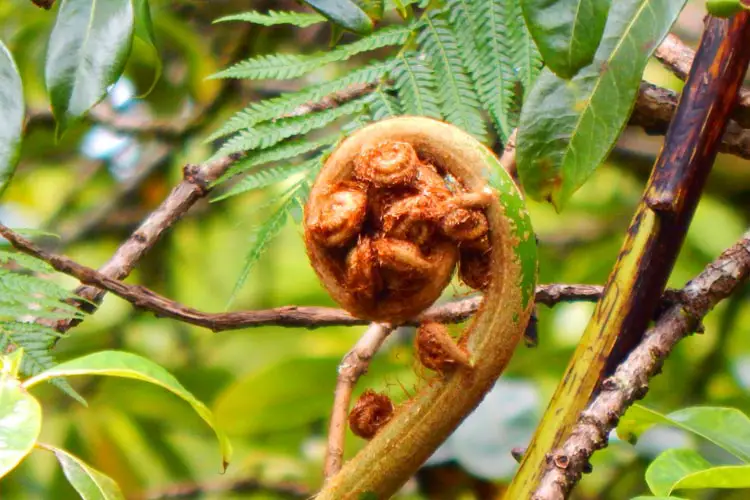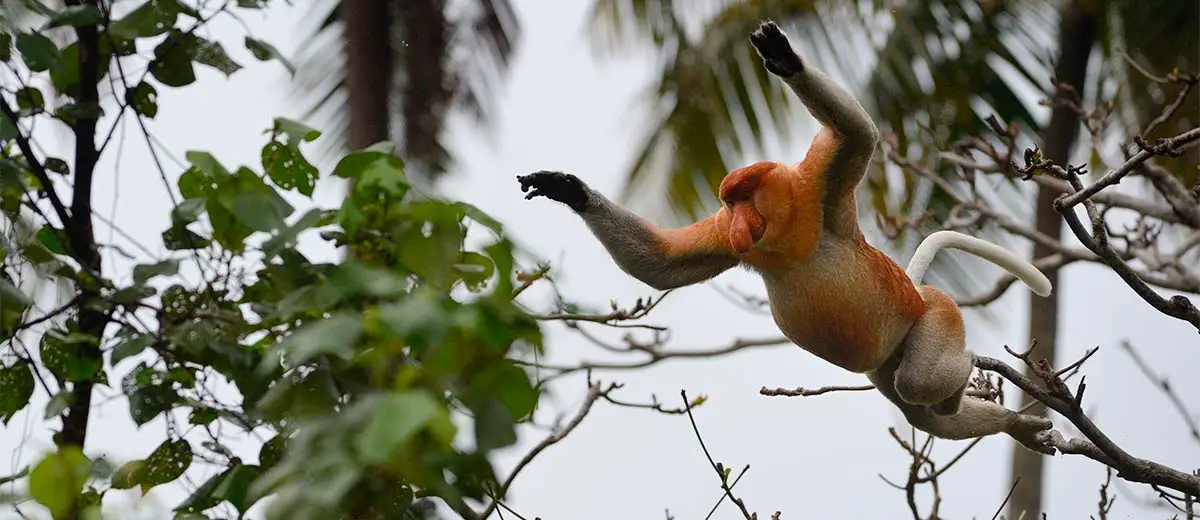Roaming the Rainforest & The Proboscis Monkey
Trekking through the jungle is no easy business, but it’s worth it simply for the experience of being in such a beautiful place. At least, that’s how Meridith and I tried to rationalize our underwhelming trip to the Bako National Park in Sarawak, Malaysia on the island of Borneo as we walked back to the park’s headquarters. We had gotten up quite early that morning to catch Public Bus No. 1 to Bako from the nearby city of Kuching, a 45 drive, only to find ourselves dropped off at a small jetty. From there, we boarded a precariously small boat, filled to the brim with tourists, most of whom were visiting the park for the same reason as we were – to see the elusive proboscis monkey.
Some 30 minutes later, we jumped from the boat, waded through the knee-deep water, and entered the park. A helpful receptionist told us our best chances of seeing the proboscis monkeys were on the trails which passed through the mangrove swamps, one of seven unique ecosystems represented in the park. With that, we were off, swiftly walking down the boardwalk to the mangrove swamp trailhead.
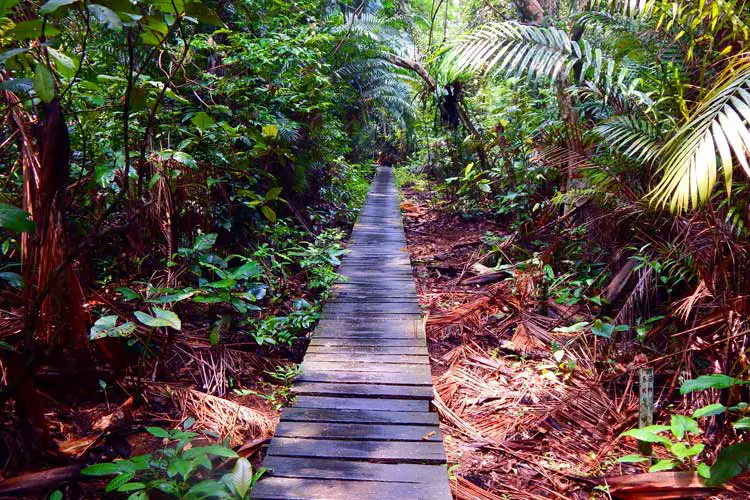
When we arrived at the mangrove swamp, there were already two tourists and a local guide, excitedly pointing at something up in the trees. It was hard not to get excited, and we assumed we were walking into our first proboscis sighting. The guide handed us a pair of binoculars and indicated that two sleeping monkeys were in a tree on the far side of the field, extremely far away. In fact, they were so far that he couldn’t tell exactly what type of monkey they were. We watched for a while, until the monkeys awoke, only to decide we still couldn’t identify them. Their colouring was similar to a female proboscis, but the tails seemed different, and the distance was far too great to make an accurate judgement.
It became clear that we wouldn’t be getting a closer look at these monkeys. Though we decided to chalk this up as a “proboscis sighting,” it felt hollow. Dejectedly, we began our return to the park headquarters, rationalizing about how the beauty of the place justified our trip out here, but still sore about not seeing the monkeys. Then, we heard it – a sharp bark, directly above us.
We wheeled around in excitement, then looked up.
Situated in a tree directly above us, only fifteen feet away, was a spectacular example of a proboscis monkey. Not only that, it was a male monkey, which means it had the showy nose for which the species is named.
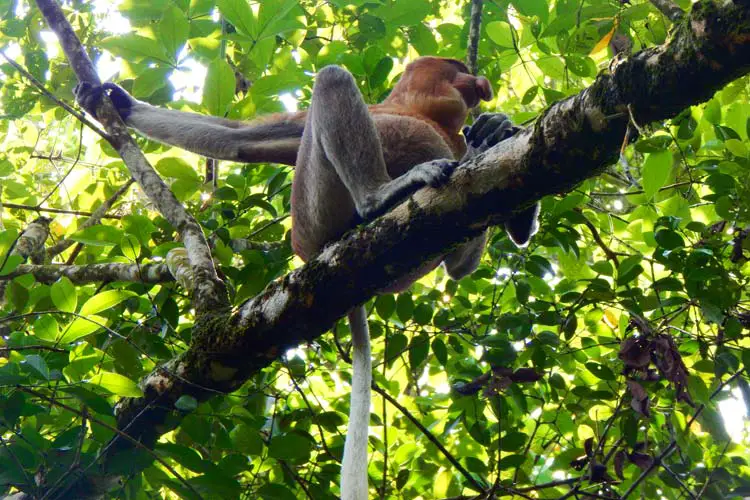
He stared at us for a bit, clearly not perturbed by our presence, while we stood in silent awe of this magnificent creature found so far from his home in the mangroves. It’s difficult to describe exactly why, but this moment felt profoundly intimate – just Meridith, the monkey, and me.
As amazing as this experience was, it’s by no means unique. Talk to anyone who’s spent a significant amount of time in the rainforest, and they’ll have a similar story to tell you of a time they felt an innate connection with the forest. It’s for this reason that this week’s entry into the ecotourism series makes a case about why you should visit the rainforest. We’ll begin with one of the most obvious points…
Interesting Experiences with Nature
As the proboscis story indicated, the rainforest is the perfect setting for interacting one-on-one with some of the most fascinating species of plants and animals in the world. Because of a variety of factors, including temperature and humidity, the rainforest is typically considered the most diverse biome in the world. This means that competition for resources like food, sunlight, or sexual partners is fierce, both at the interspecific and intraspecific levels. Thanks to the mechanics of evolution, this competition has yielded a huge variety of fascinating adaptations to give each organism an edge over its competitors.
Take the proboscis monkey, for example. Nowhere else in the world does a monkey grow as large of a nose as the male proboscis, which is grown primarily to attract mates. Another example of the oddities of evolution found in the rainforest is the pitcher plant. Due to low light scenario found in the rainforest understories, pitcher plants are unable to use photosynthesis to meet all of its energy needs and thus has evolved to become carnivorous. They lure insects into the plant with a sweet-smelling nectar, which is so sticky it traps the insects inside the plant. They slowly disintegrate, and the plant collects their remains and uses them to fuel its growth. The rainforest is one of the only places to see such uniquely evolved plants and animals in person.
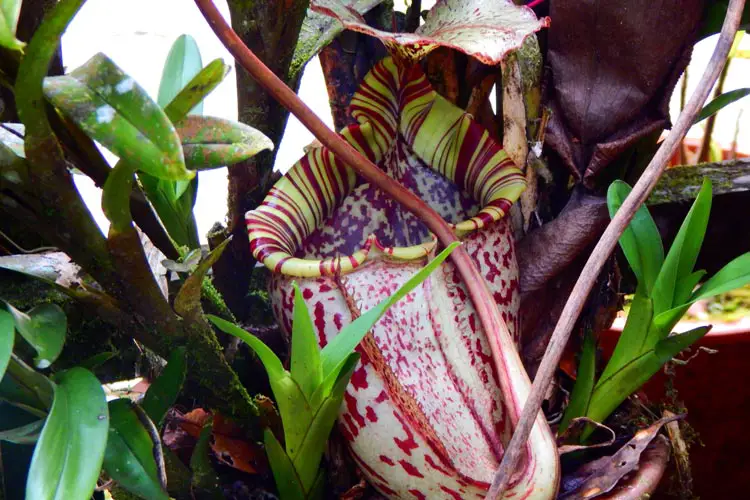
Stress Relief
Though this can be said about nearly any biome, there’s something quite therapeutic about spending time out in the rainforest. Perhaps it’s the beautiful colours, the fresh air, or even just being surrounded by such an abundance of life. Regardless of the reason, visitors to the rainforest often find it easier to relax and calm their spirits. This effect is particularly helpful for tired travellers experiencing the effects of culture shock or jet lag.
Authenticity
Many travellers crave authenticity and make active efforts to avoid tourist traps and overpopulated attractions. To that end, few tourists attractions could be more authentic than the rainforest. It’s not something that man can build, and even if it’s a very popular park, it’s still difficult to make a trip to the rainforest unpleasant. What’s more, extreme travellers can opt for extensive treks, taking them deep into the forest to places very humans have ever seen before. What could be more authentic than that?
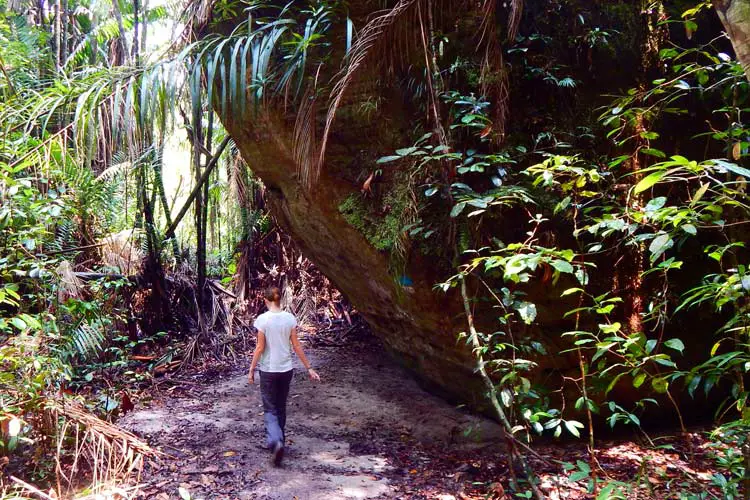
Conservation
As amazing as the rainforest is, this biome faces threats all across the world. Industries like the logging and farming often engage in the nasty practice of clear-cutting, which utterly destroys plots of land in the rainforest. Of course, these companies only choose to do this to fill the demand created by us consumers, which creates the tangled web of priorities and conflicts of interest that characterize the modern state of environmentalism. Still, most people agree it’s good to help the rainforest when we can, and there are few better ways to do this than visiting the forest yourself. Besides the monetary aid from your park ticket entrance fees and other purchases, visitors to parks can help by giving donations and educating themselves about the parks and how to ethically visit the rainforest. Perhaps most importantly, visiting a rainforest for yourself helps to elevate the idea of the rainforest from an abstract thought in your head to an actual, tangible place, which makes you far more likely to engage in conservation-minded decision making in the future.
